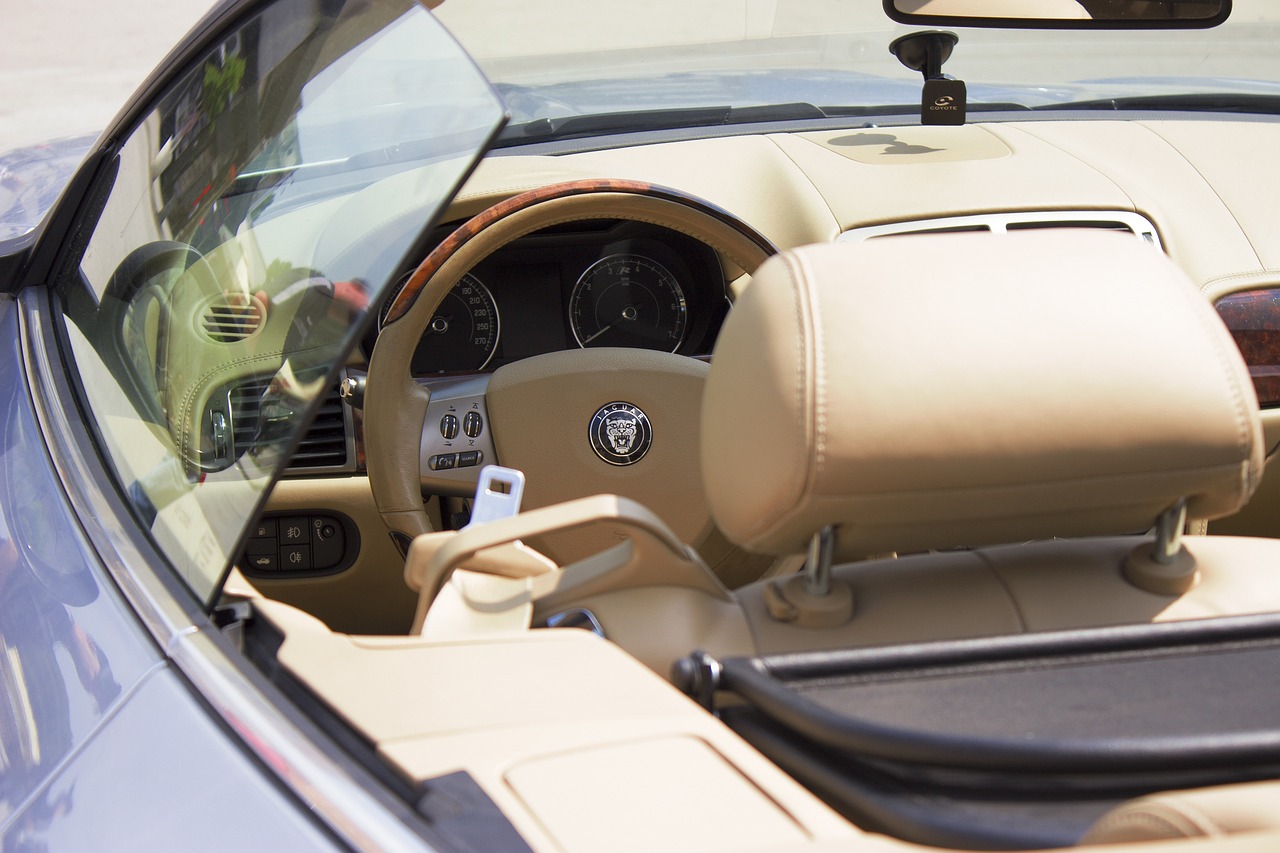Analyzing the Growth of Autonomous Vehicle Adoption in Last-mile Delivery Services
Last-mile delivery services play a crucial role in ensuring that goods reach their final destination promptly and efficiently. This phase of the logistics chain involves the movement of products from distribution centers to the end consumers, making it a vital link in the supply chain process. Companies are continuously exploring innovative strategies to enhance last-mile delivery, catering to the ever-increasing demands for faster and more convenient services.
In the rapidly evolving e-commerce landscape, the focus on enhancing the customer experience has propelled the need for efficient last-mile delivery solutions. Consumers today expect seamless delivery options, such as same-day or next-day delivery, real-time tracking, and flexible delivery time slots. To meet these demands, businesses are leveraging technology, data analytics, and strategic partnerships to streamline last-mile delivery operations and provide customers with a superior delivery experience.
Challenges Faced by Traditional Delivery Methods
Traditional delivery methods face numerous challenges in the last-mile of the delivery process. One major issue is the high cost associated with manual labor, especially in urban areas where traffic congestion and complex routes can lead to delays and increased expenses. Additionally, the reliance on human drivers can result in inconsistencies in service quality, as well as limitations in delivery time windows.
Another challenge is the lack of real-time visibility and tracking capabilities, making it difficult for both customers and delivery companies to monitor the status of packages. This can lead to issues such as lost or delayed deliveries, impacting customer satisfaction and overall operational efficiency. Inefficient route planning and optimization also pose a challenge for traditional delivery methods, as they can result in unnecessary fuel consumption and longer delivery times.
Benefits of Autonomous Vehicles in Last-mile Delivery
Autonomous vehicles have emerged as a promising solution for enhancing last-mile delivery services. Their ability to operate without human intervention offers significant advantages, such as increased efficiency and reduced operational costs. With autonomous vehicles, companies can optimize their delivery routes and schedules, leading to faster and more reliable service to customers.
Furthermore, autonomous vehicles are equipped with advanced technologies like sensors and GPS systems, which enable them to navigate through traffic and safely reach their destinations. This not only minimizes the risk of accidents but also ensures that deliveries are made accurately and on time. In addition, autonomous vehicles can operate round the clock, allowing for faster deliveries and improved customer satisfaction.
What is last-mile delivery?
Last-mile delivery refers to the final step in the delivery process where goods are transported from a distribution center to the end customer’s doorstep.
What are some challenges faced by traditional delivery methods in last-mile delivery?
Some challenges include traffic congestion, delivery delays, high costs, and environmental impact due to emissions from delivery vehicles.
How can autonomous vehicles benefit last-mile delivery services?
Autonomous vehicles can help reduce delivery costs, improve efficiency, and provide faster and more reliable delivery services. They can also help reduce carbon emissions and traffic congestion.
How do autonomous vehicles navigate through busy urban areas in last-mile delivery?
Autonomous vehicles use advanced sensors, cameras, and GPS technology to navigate through busy urban areas. They can analyze real-time traffic data and adjust their routes accordingly to avoid congestion.
Are there any safety concerns with using autonomous vehicles in last-mile delivery?
While safety concerns exist, autonomous vehicles are equipped with advanced technology such as collision avoidance systems and emergency braking mechanisms to ensure safe operation. Additionally, they are constantly monitored and can be remotely controlled if needed.







